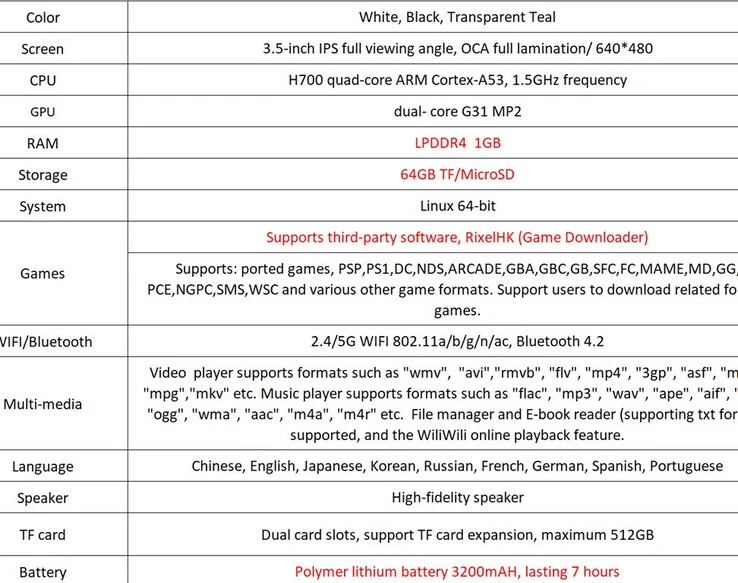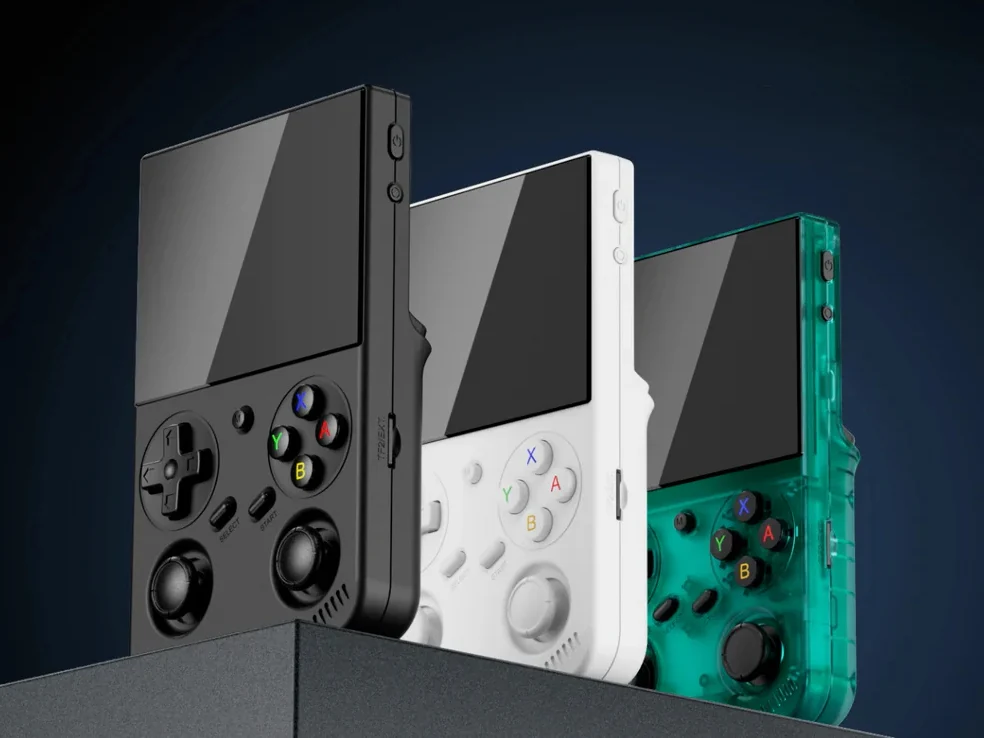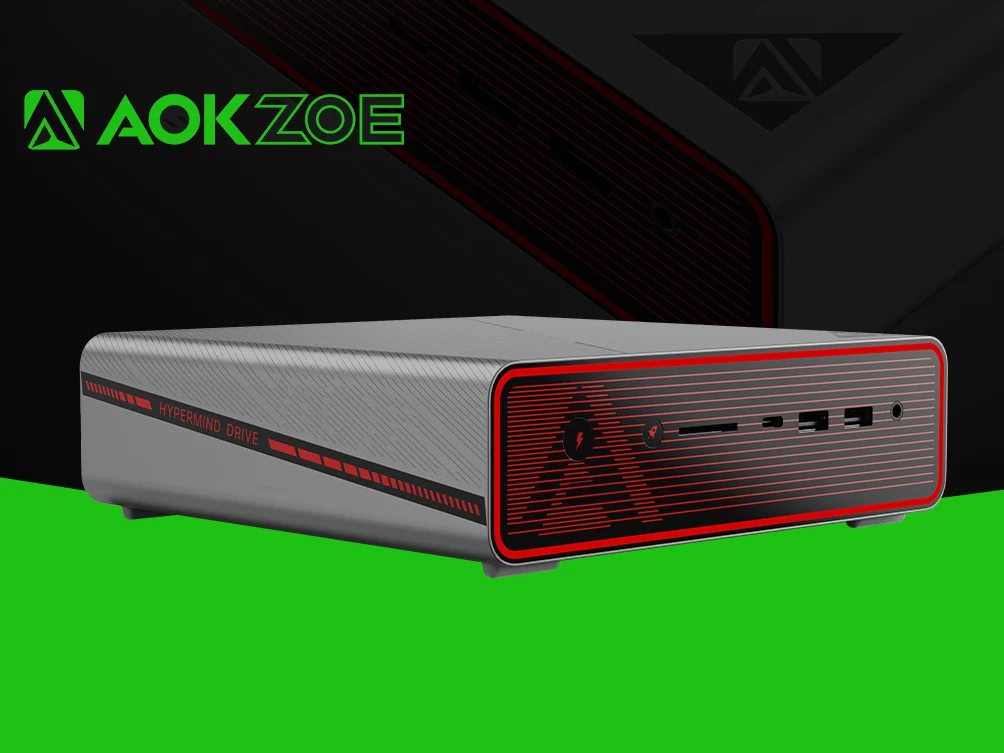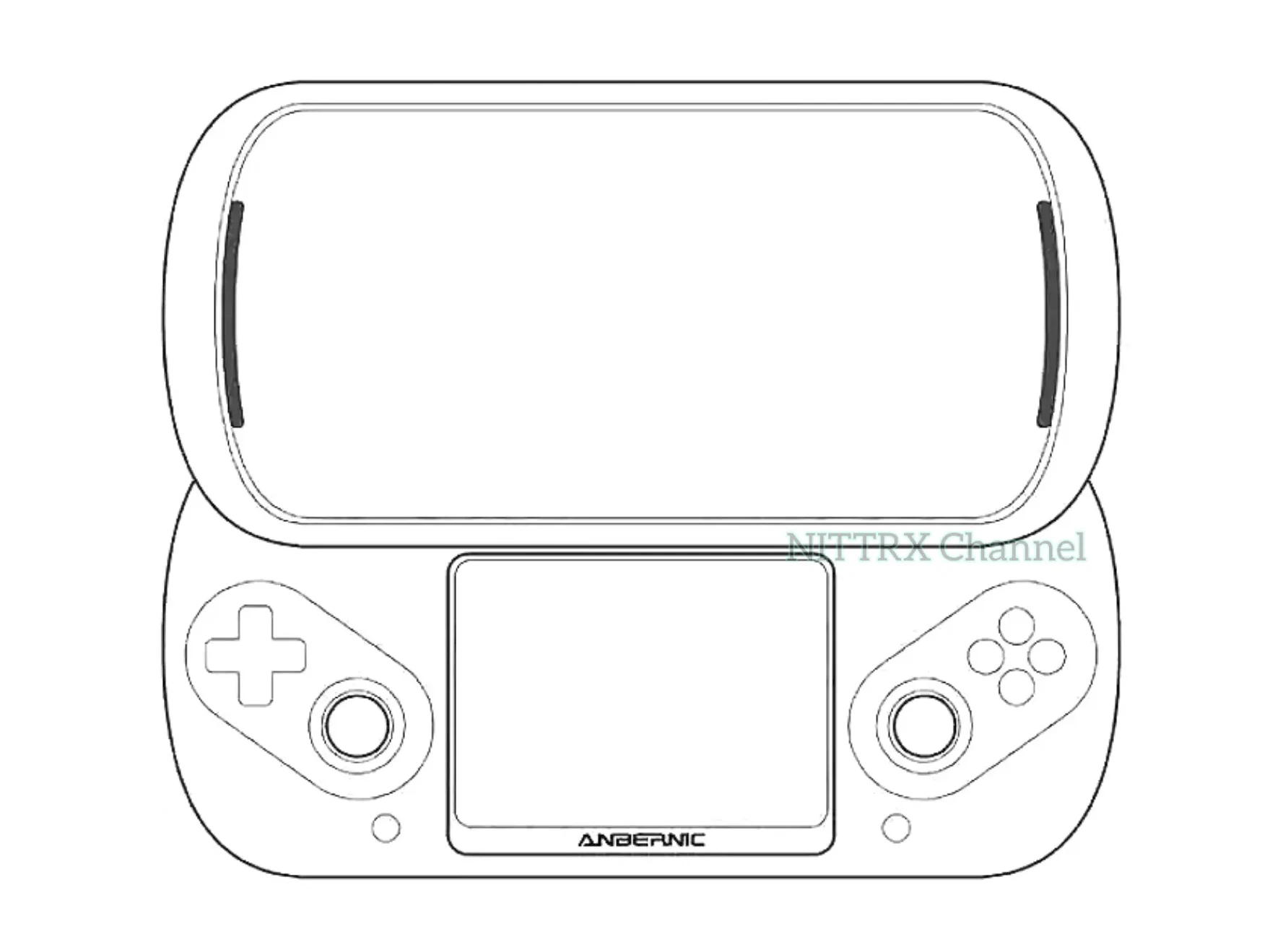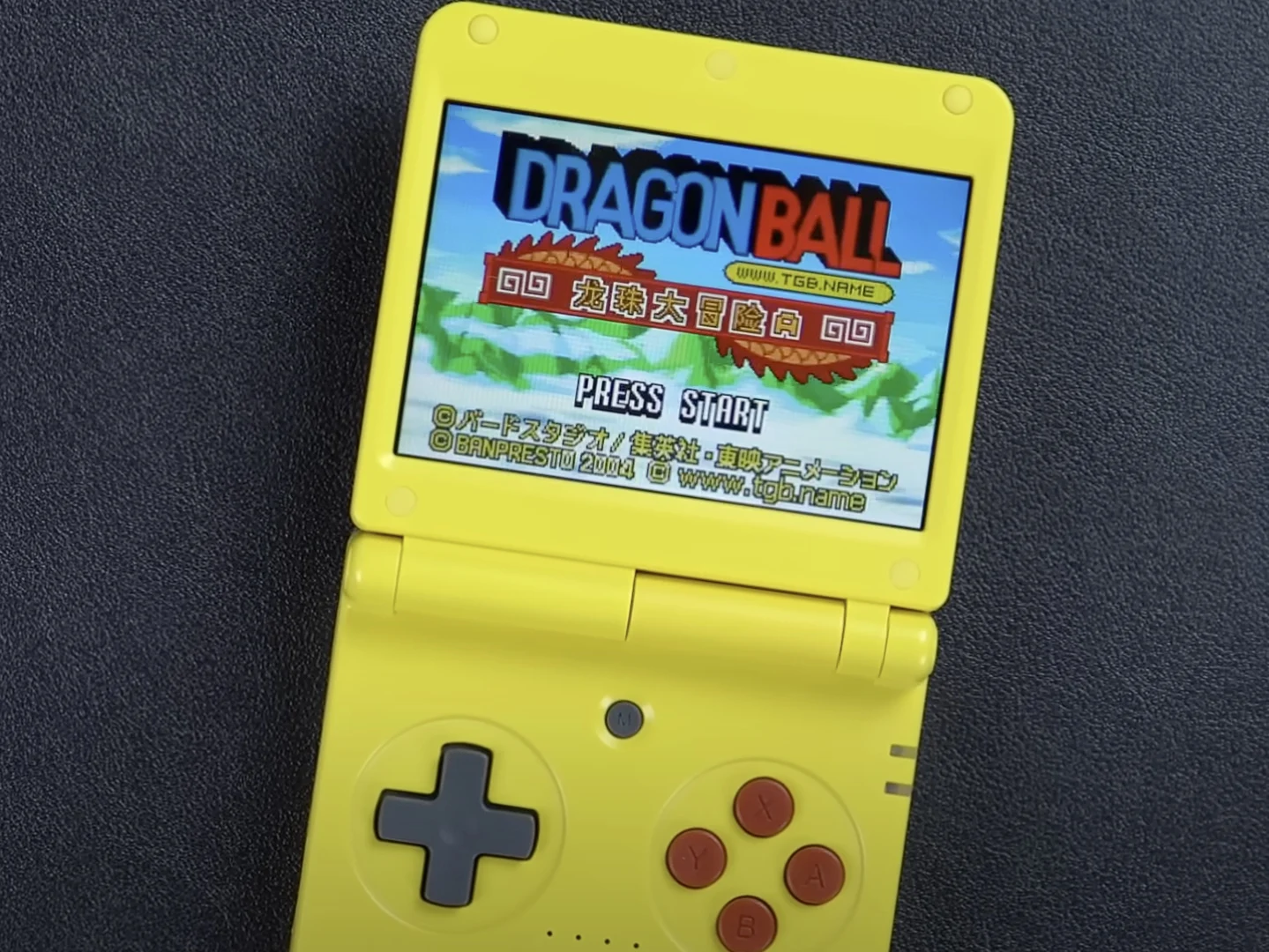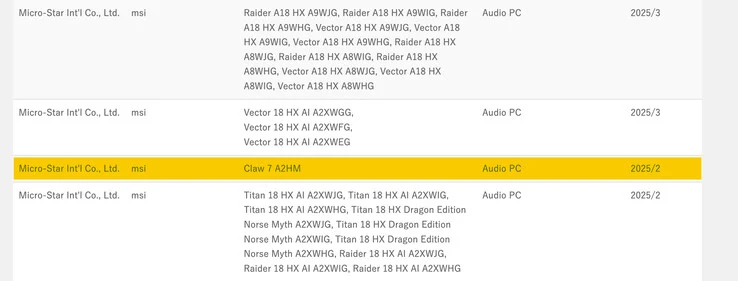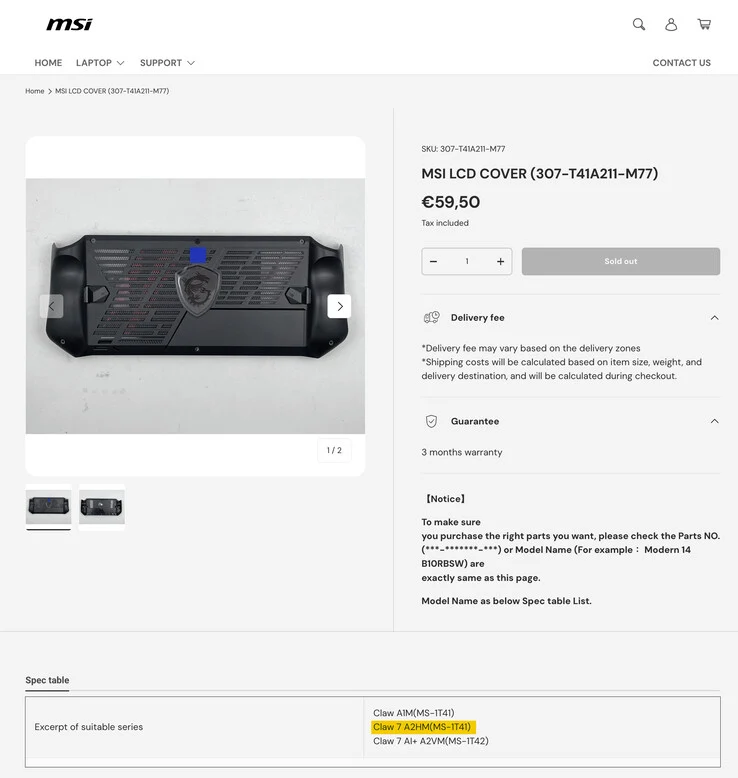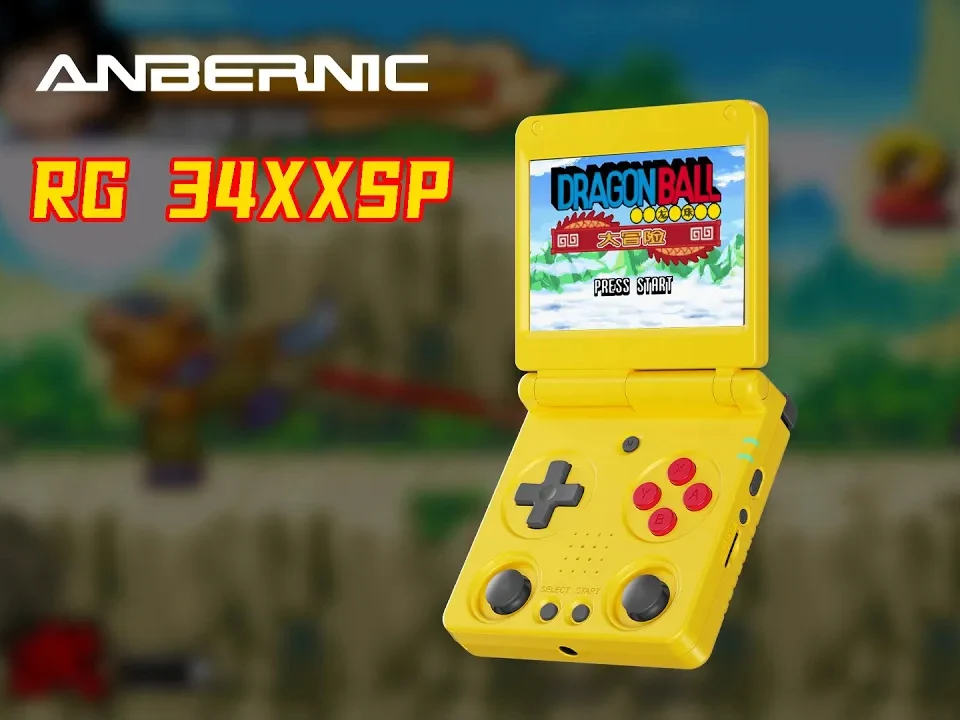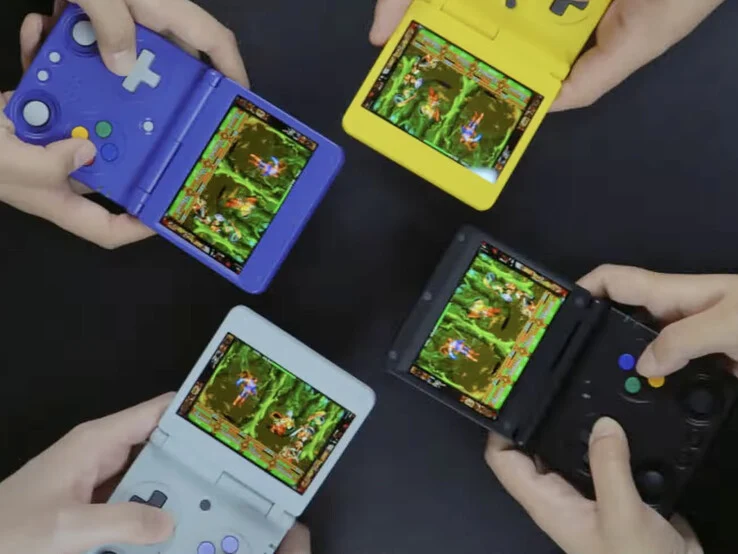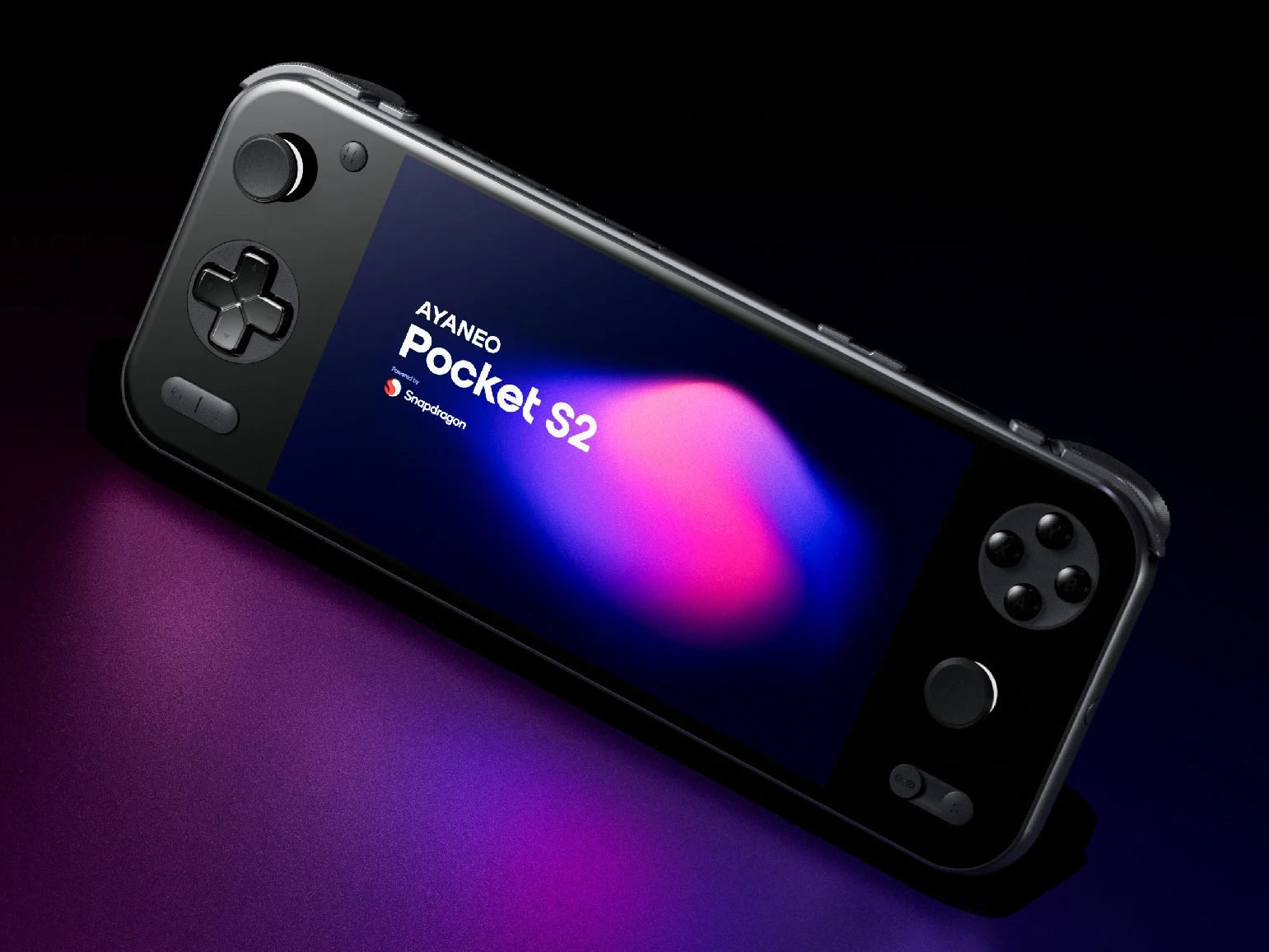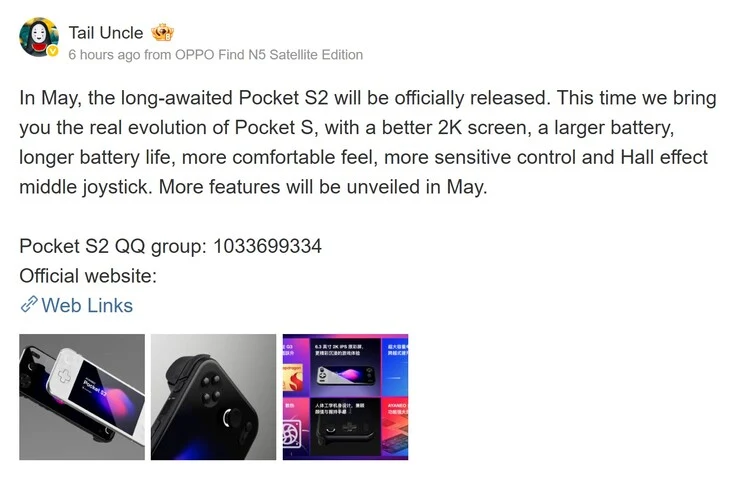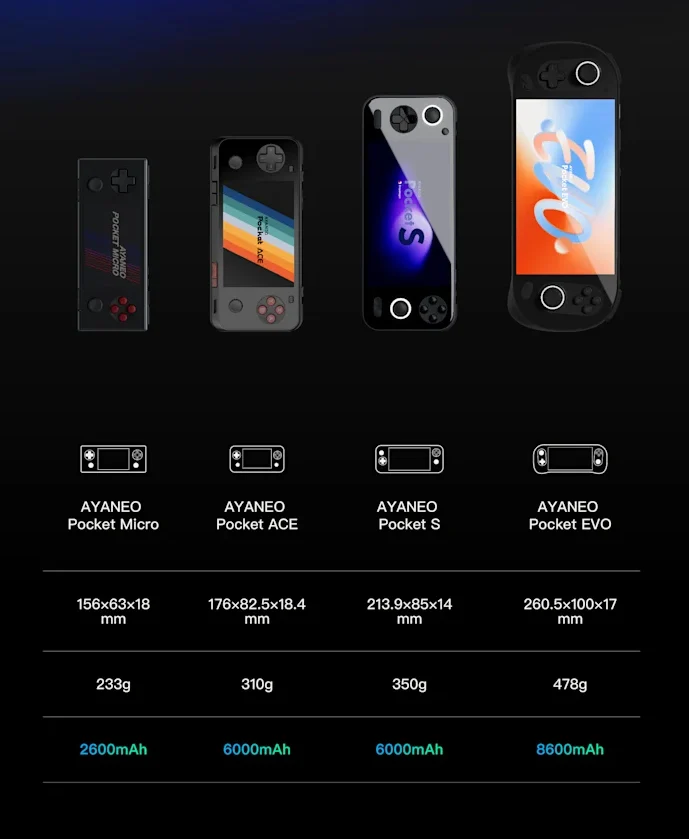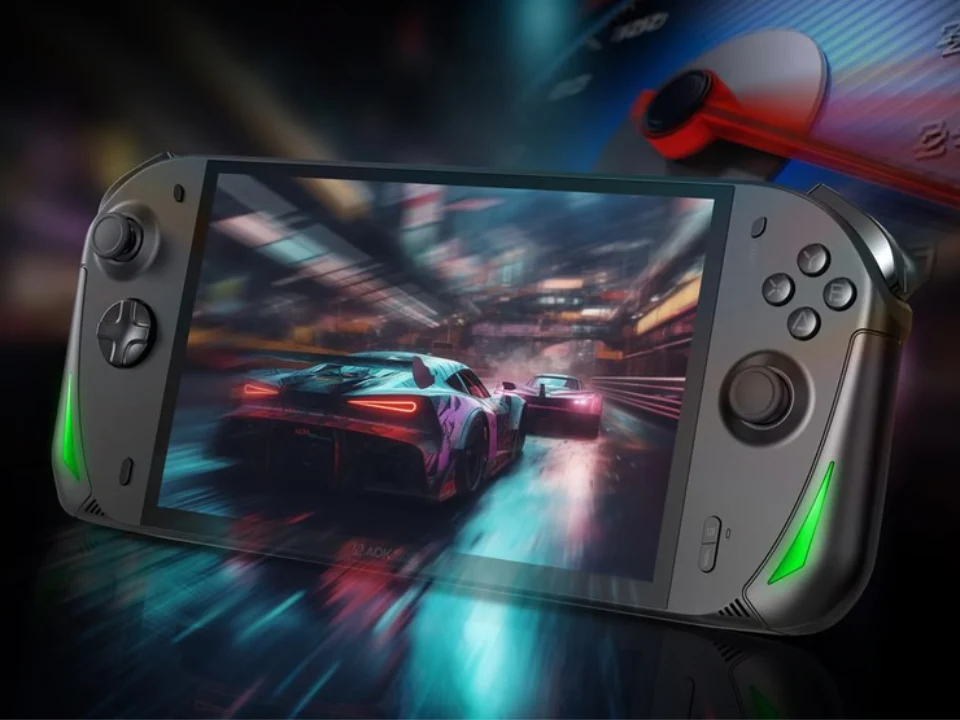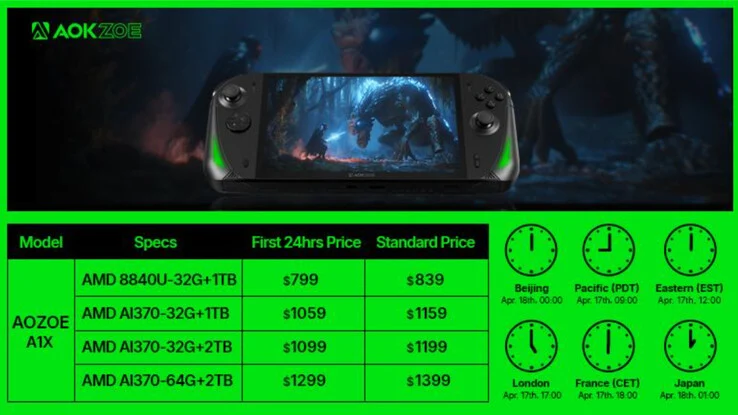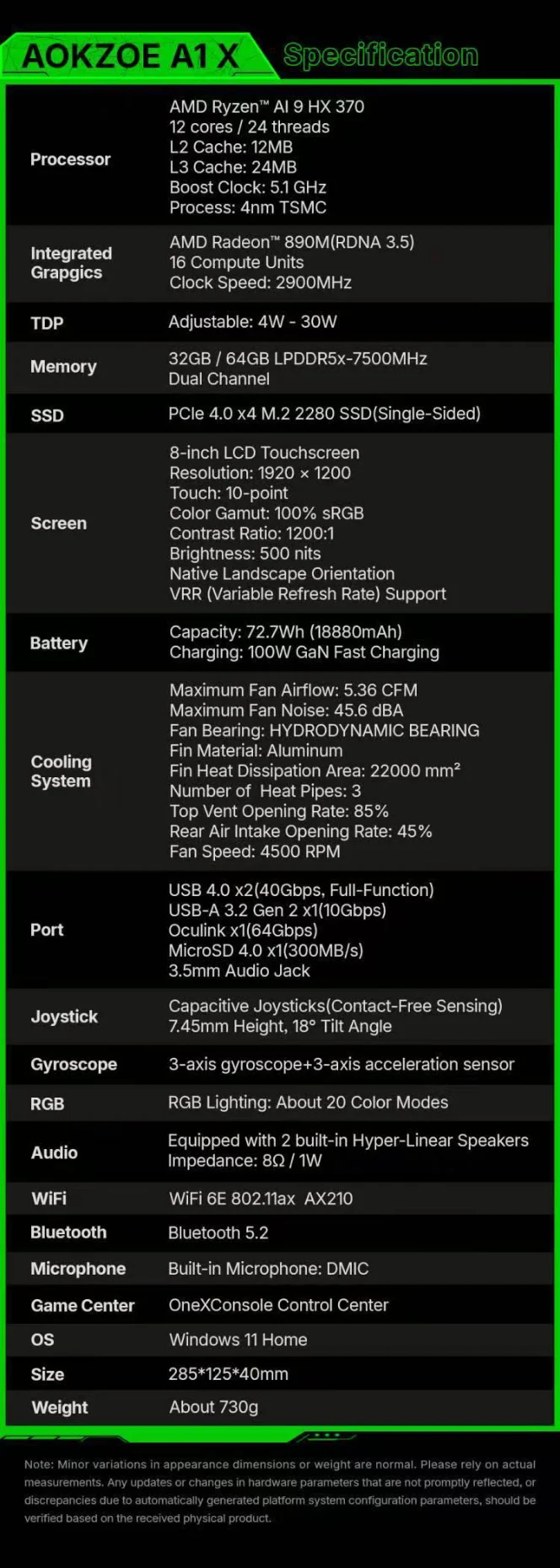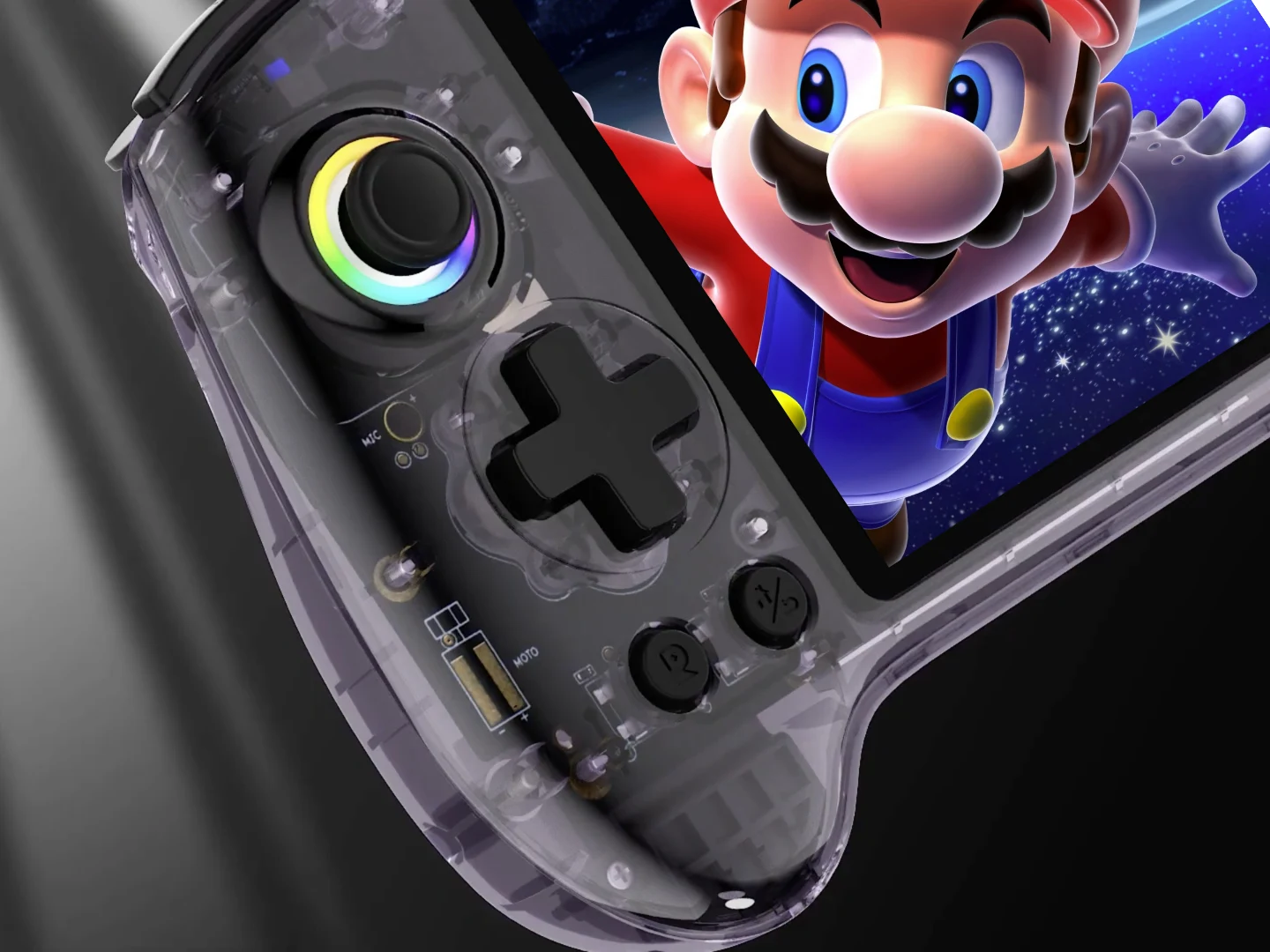Key Takeaways
1. The RG35XX Pro will launch on June 10 at 10:00 UTC.
2. The introductory price is $44.99, valid until June 13, after which it will increase to $49.99.
3. The RG35XX Pro is priced lower than the RG34XX SP and RG34XX models.
4. Key features include a 3.5-inch IPS screen, Allwinner H700 processor, and 1 GB of LPDDR4 RAM.
5. The device will come with a 64 GB microSD card included in the initial purchase.
Anbernic has been busy teasing the RG35XX Pro, and they’re not wasting any time! The company first showed off the device on Monday and shared its complete specs just a day later. Now, they have also announced the launch date and the pricing for this exciting new gaming handheld.
Pricing Details
In a surprising twist, the RG35XX Pro will be priced lower than the RG34XX SP, which was released last month at $59.99 after a $6 launch discount. Similarly, the RG35XX Pro will also be less expensive than the RG34XX, currently listed at $84.98 on Amazon, as well as the RG35XX SP, which uses several of the same components. As indicated in the screenshot below, the RG35XX Pro will feature Anbernic’s popular 3.5-inch IPS screen, an Allwinner H700 processor, 1 GB of LPDDR4 RAM, but it will only come with a 3,200 mAh battery.
Availability Date
According to RetroHandhelds, the RG35XX Pro will be available starting at 10:00 UTC on June 10. Initially, the device will be priced at $44.99 and will include a 64 GB microSD card; it is likely that Anbernic will offer different microSD card choices as well. This introductory price will be valid until June 13 at 10:00 UTC, after which the price of the RG35XX Pro will increase to $49.99. You can check the screenshot below for more details on the specifications.
Source:
Link
